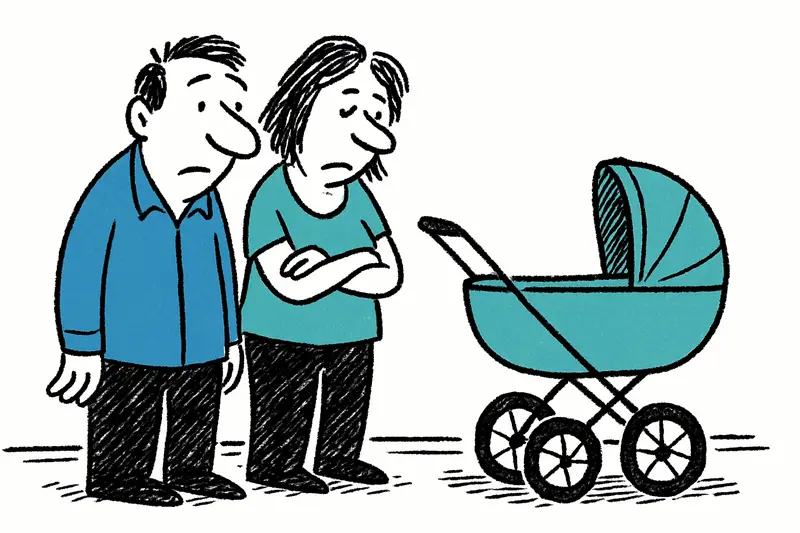Between January and July on the Balearic Islands, around 4,900 babies were born — the region records the strongest decline in Spain. What's behind it?
Strollers are scarce: Births fall most sharply on the Balearics
\nIt feels like a small, quiet sign: fewer children in playgrounds, empty benches in front of schools in the afternoons. Between January and July this year, on the Balearics only around 4,900 newborns were registered — about five percent fewer than in the same period last year. According to the INE statistics office, the islands lag behind all other regions of Spain.
\nWhy is it so noticeable here?
\nOn Mallorca, many things are tight: family networks, the rental market, and jobs are smaller than on the mainland. Young couples say that affordable housing is one of the main reasons why the desire to have children is postponed. I met a mother yesterday morning at Plaça del Mercat in Palma, who said: The rent is eating us up, a child's room is a luxury. You hear such conversations often—in small cafes in Santa Catalina, at bus stops or while waiting at the pediatrician’s. The waiting rooms feel quieter than before.
\nMore deaths, fewer births — demographic standstill
\nAt the same time, deaths are rising, worsening the balance. Not only the number of newborns is relevant, but also the ratio of deaths to births. For a growing or even stable population, more births are needed — or massive in-migration. Both are currently difficult: immigration brings tourism and revenue in the short term, but not necessarily young families with long-term prospects.
\nThe consequences are noticeable: some smaller schools are considering merging classes, social services anticipate higher demand for elderly care, and local health centers are planning new ones. In several municipalities, city administrations report fewer requests for daycare places — paradoxical when more support would actually be needed.
\nWhat could help?
\nThere is no silver bullet, but a few things seem obvious: affordable housing for families, better childcare at normal working hours, financial incentives for the first child, and more flexible work models for young parents. Also awareness in cafes, schools, and on the street is important — you often meet the same faces; when they move away, you notice it immediately.
\nI don't want to alarm anyone, but it's a wake-up call: if the island is to remain attractive for those who want to settle, political and practical action is needed now. Otherwise playgrounds will look more foreign in five or ten years than today — and that would be a shame for an island with so much life.
\nShort and honest: It's not just statistics, it's people, homes, jobs, and the question of what Mallorca should look like in ten years.
Similar News

After 30 Years: Retired Couple Leaves Mallorca – Rising Rents Push Them to the Mainland
After decades on the island, María and Paco must move to Alicante due to rising rents and dwindling pensions. A story ma...

Traffic Cameras in the Tramuntana: Tender Starts Soon
The island council plans to push ahead with the camera project on the Ma-10, which has been stalled for months, through ...

Court confirms right to Islam education in Mallorca schools
A court on the Balearic Islands has decided: parents can demand that Islam education is offered near their children at p...

Balearic Islands report more deadly accidents due to driver distraction
On the Balearic Islands, there are noticeably more deadly traffic accidents involving driver distraction. Police and the...

Ecotax in Mallorca: Increase Approaching
After a surprising shift in political opinion, the likelihood that the island will raise the ecotax grows — including ne...
